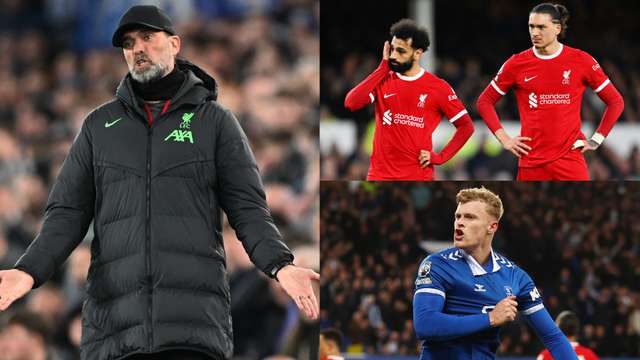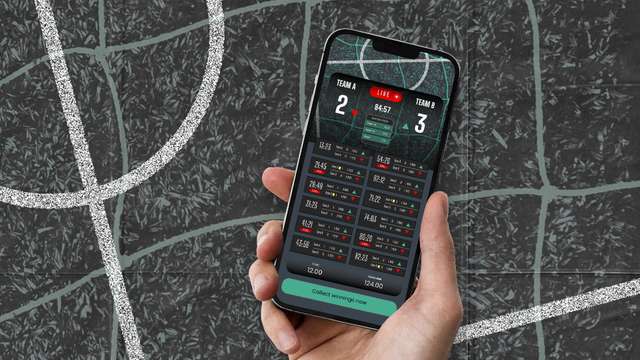Forty-four years of painful waiting will come to an end on Sunday when Peru take to the Maracana turf. In that period every single South American nation with the exception of Venezuela has qualified for at least one Copa America final, while the Inca have been left out in the cold.
It was not always thus. In the 1970s and early 1980s the nation boasted an enviable pool of talent that established them firmly among the continent's giants. The likes of attacking greats Teofilo Cubillas and Hugo Sotil, the elegant midfielder Julio Cesar Uribe and other stars led a golden generation for the nation which included World Cup appearances in 1970, 1978 and 1982.
Their finest moment, however, came in 1975. In that year's Copa America, the first to carry that name – previous tournaments carried the rather clunkier tag of Campeonato Sudamericano – and the first Copa to be played across the continent rather than in one host nation, Peru waltzed to a 3-1 semi-final victory in Belo Horizonte against Brazil in one of the nation's most celebrated performances.
The Selecao fought back to win the second leg 2-0 in Lima, and in the absence of away goals and penalties the two sides drew lots, leaving Peru as the winner. A similar scenario played out in the final, with both the Inca and Colombia winning their home leg before Sotil's solitary goal led his side to the trophy in front of a capacity crowd in Caracas, Venezuela, chosen for the tie-breaker.
Like all great generations, that team eventually saw its time pass. Peru narrowly missed out on qualification to the 1986 World Cup as Cubillas, Sotil (both pictured below) and other former mainstays of the team began to hang up their boots. A ray of hope loomed on the horizon, though, in the shape of Los Potrillos of Alianza Lima.
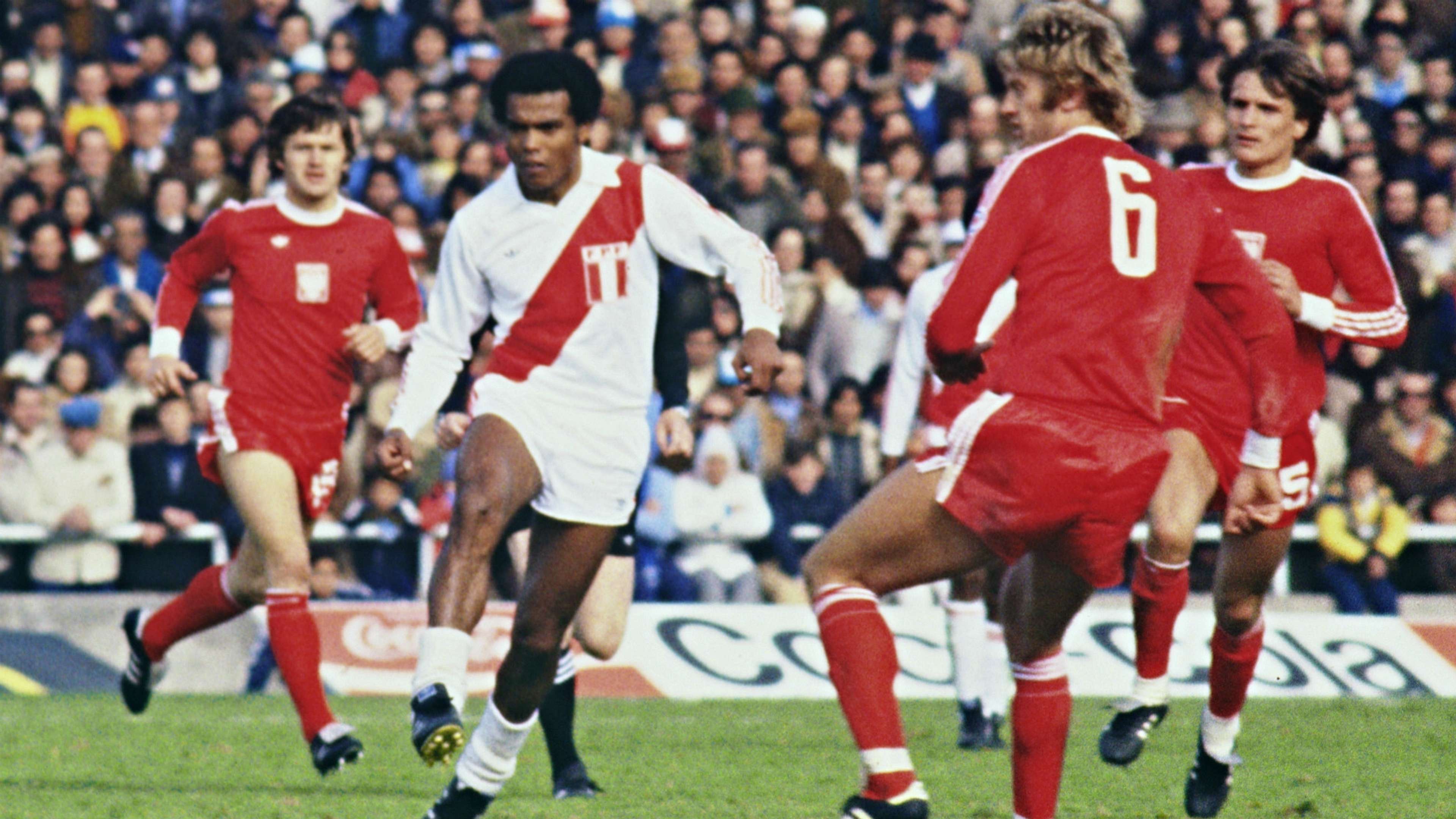 Getty
Getty
 AFP
AFP
The symbol of that great team, coached by the man who had delivered Copa glory to Peru in 1975, Marcos Calderon, was Luis Escobar. Having made his debut at the tender age of 14 at Alianza, Escobar was tipped to become the next Peruvian great - winning comparisons with none other than Cubillas as he began to shine.
At 18 he was a fixture in the Alianza line-up, accompanied by fellow young stars such as Jose Casanova, Juan Reynoso, Carlos Bustamante, Alfredo Tomassini and Johnny Watson. Behind them in goal stood Jose “Caico” Gonzales, club legend and a part of Peru's Copa America-winning team in 1975 as well as the uncle of current idol Paolo Guerrero.
“He loved him as if he were his own son,” Guerrero's mother recalled to Alianza's official website. “He was always looking after him, from a young age. He played with him, took him out on the field as the mascot.
“He was the first to put the Alianza shirt on [Paolo], from there he loved Alianza. Ever since uncle Caico put the Alianza shirt on him he would not take it off. We had to buy him another. One was in the wash while he wore the other, because he always wanted to be well-dressed.”
That team won back-to-back regional titles in 1985 and 1986 and the following year entered the Copa Libertadores, missing out on qualification to the semi-finals after finishing behind eventual winners Penarol at the group stage.
At international level too, the team was having an impact, supplying three members of the Peru squad for the 1987 Copa America squad as they set their sights on that year's Torneo Descentralizado (Peruvian league) title. Escobar and Co. were tipped to form the backbone of the national team going into qualifying for the next World Cup in Italy, before one of the worst tragedies in football history decimated Alianza and Peru as a whole.
Returning from a Descentralizado game against Deportivo Pucalipa on December 8, the Fokker navy plane transporting the Alianza squad crashed on its descent into Callao's Jorge Chavez International Airport. Of the 44 people on board only pilot Edilberto Villar survived, with 17 players, Calderon and his entire coaching staff and two referees travelling with the team.
Juan Reynoso had received a red card in Alianza's previous clash and did not travel with his team-mates to Pucalipa, an act which saved the 17-year-old Peru international's life. Now an established coach, Reynoso caused a scandal some years later in leaving his boyhood club for hated Lima rivals Universitario. He has not returned to Alianza since – and remains reluctant to talk about the accident.
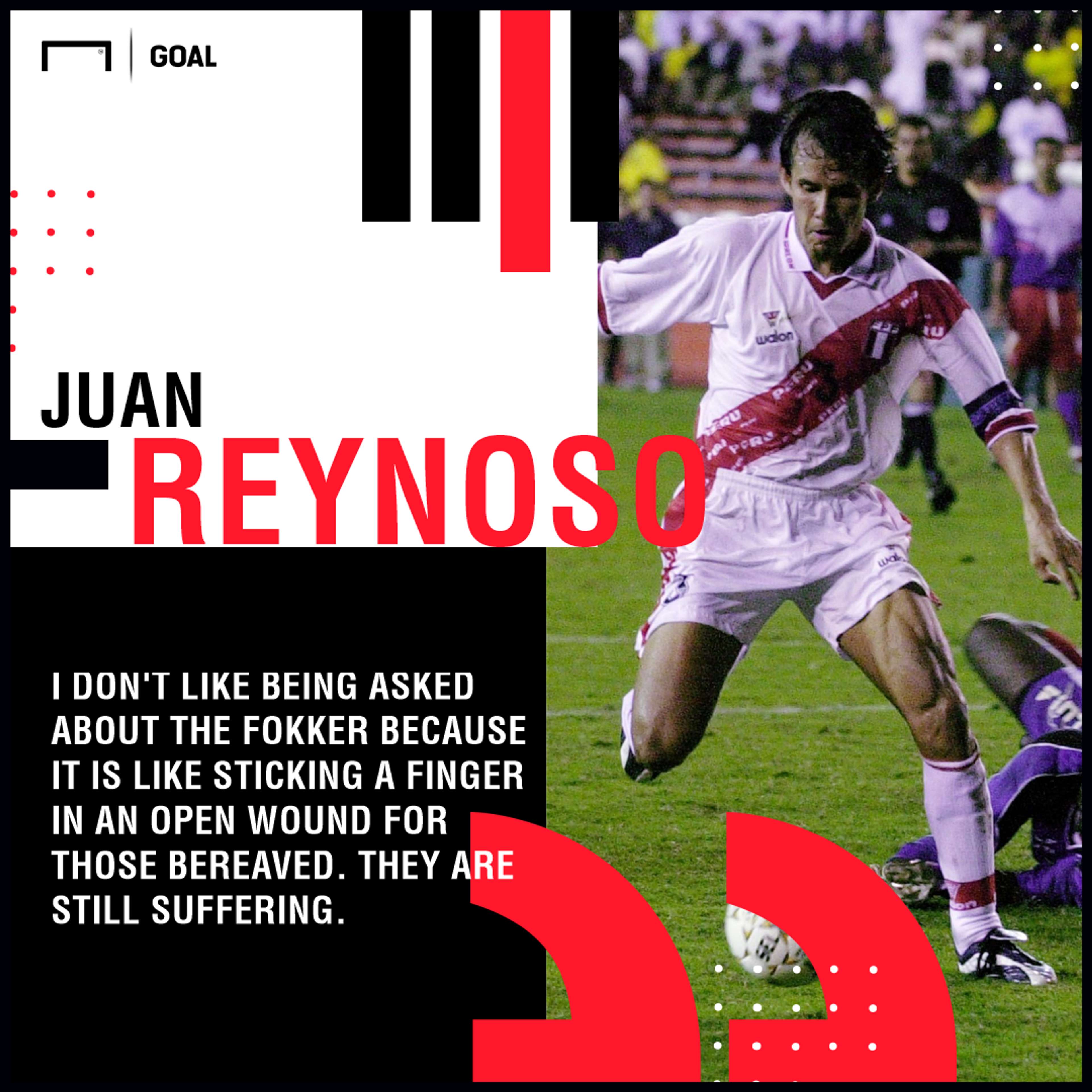
“I don't like being asked about the Fokker because it is like sticking a finger in an open wound for those bereaved,” he told Peru 21 in 2009, one of the few times he has addressed the tragedy publicly. “They are still suffering.
“It was more likely back then for me to be on the plane than not to be. I have thought it many times and I start thinking about what it would have been like for my family more than for me. But I do not like the subject.”
Incredibly, and thanks to the selflessness of stars like Cubillas, who returned to the club from the United States at the age of 38 to play the rest of the season for free, Alianza went on to take the 1987 Descentralizado title, which was postponed until well into 1988 due to the crash. But the ultimate effect was devastating for the club, who had to rebuild from scratch and with the pall of grief hanging over the tough working class neighbourhood of La Victoria synonymous with Alianza, in the same way that La Boca is inseparable from the Buenos Aires giants.
The tragedy also set back Peruvian football as a whole. The Inca lost all four games in qualifying for the 1990 World Cup and picked up just one point of 18 for the following edition, while winning a paltry two Copa America games in the four tournaments played between 1989 and 1995.
Results began to improve towards the end of the 20th century, with several appearances in Copa semis. That coveted World Cup spot, however, remained elusive, until the arrival in March 2015 of Ricardo Gareca, the livewire Argentine with more than a passing resemblance to Iggy Pop that has revolutionised Peru's fortunes.
 Getty
Getty
Like Calderon before him, Gareca gambled on youth. The likes of Christian Cueva, Edison Flores, Miguel Trauco and Andy Polo were drafted in during his first days in the job in 2016, and came through together as Peru gained a play-off spot for Russia 2018 by the skin of their teeth over Chile before dispatching New Zealand to make their first finals in 34 years.
And just as that tragic Alianza side had Caico as the experienced old warrior leading and cajoling, Gareca can count on his nephew. Guerrero (pictured, below) returned to competitive action with Internacional for the first time since the World Cup as recently as April this year after serving a doping ban, but at 35 remains a key member of the Peru side. He sealed their 3-0 semi-final win against Chile on Wednesday by rounding Gabriel Arias and netting with ease.
While he was just short of his fourth birthday that awful day, the scars of his uncle's passing are yet to fully heal. “I am scared of flying,” he admitted to Bandeirantes during his spell at Brazil's Corinthians. “When my uncle died I was three or four. I remember my mother's screams. She was listening to music, I think she was ironing, and that was when she screamed when she heard talk of a tragedy.
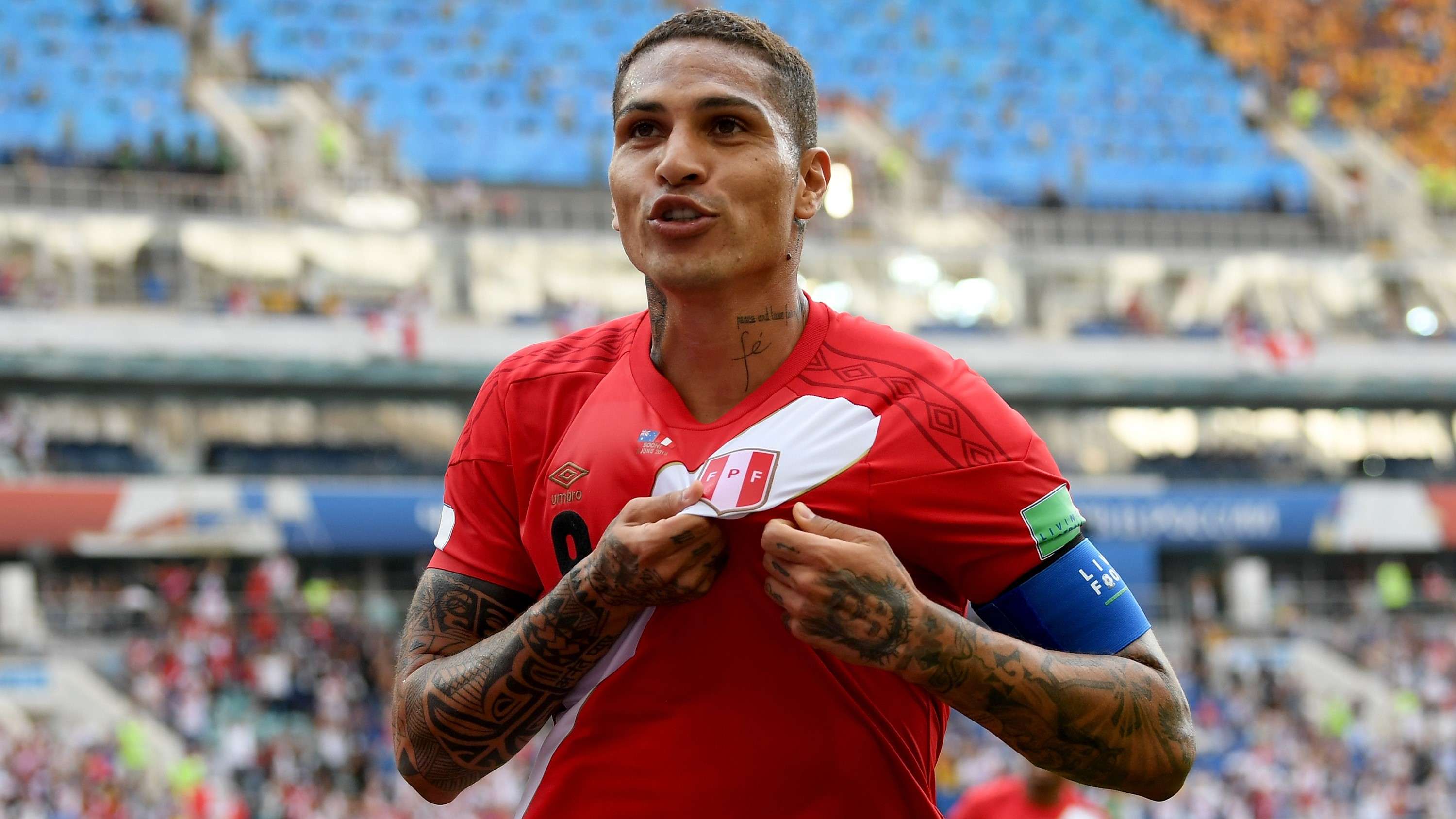 Getty
Getty
“'The Alianza Lima players are all dead, the plane fell in the sea'. I only remember that. That is why I am scared of planes. Everyone here at Corinthians knows it. When the plane goes through turbulence...”
When Guerrero scores he often holds both arms aloft and raises his eyes to the heavens. With that gesture he celebrated for Inter his first goal since returning from suspension, explaining after the game that he was paying tribute to nephew Julio Rivera, who passed away after falling under the wheels of a car during a botched robbery attempt in Lima.
Cartoonist Gio, an avid Alianza fan, immortalised the moment, picturing Gonzales and Rivera embracing each other from above as they watch Guerrero return from the toughest challenge of his professional career.
“[Paolo] has a lot of things [from Caico],” his mother adds. “One of those is humility. My mother taught us, you have to stay focused. Don't let fame go to your head. Stay centred. Caico complained very little.”
That focus and humility has allowed Guerrero to overcome personal tragedy and strife to become the figurehead of this Peru team, whose passage to the Copa final to meet Brazil sparked wild celebrations in Lima and across the nation.
A 5-0 defeat in the group stages and Brazil's status as hosts make the Inca overwhelming underdogs when they walk out to a baying Maracana crowd on Sunday. But the journey itself is reward for this exciting, dynamic side, who under the watchful eye of Gareca have evoked in equal measure memories of great teams past and great teams that might have been.

